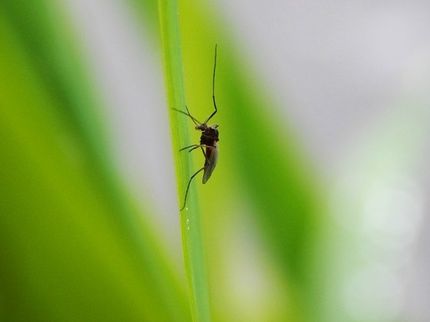Mutations in gene linked to ciliopathies
Advertisement
ciliopathies are a newly emerging group of diseases caused by defects in the function or structure of cellular primary cilia, which are small, cellular appendages of previously unknown function. Examples of ciliopathies include mental retardation, retinal blindness, obesity, polycystic kidney disease, liver fibrosis, ataxia, and some forms of cancer.
Joseph G. Gleeson, MD, professor of neurosciences and pediatrics at UC San Diego and a Howard Hughes Medical Institute investigator, and his colleagues showed that when two copies of mutated INPP5E are present in an individual, the result is Joubert syndrome, a condition marked by mental retardation and impaired balance. They linked the function of the protein that is encoded by this gene to enzymatic conversion of one of the most important signaling molecules in the body, phosphatylinositol, currently one of the main targets of the pharmaceutical industry to treat a host of diseases, including cancer.
The Gleeson team, led by UC San Diego scientists Stephanie Bielas, PhD, and Jennifer Silhavey, MS, discovered that the enzyme goes to a cellular structure known as the cilium, a long-forgotten organelle without clear function until recently. However, in the past five years, the field of cilia biology has exploded due to the recognition that many of our basic bodily functions are regulated and "fine-tuned" by the cilium.
Because all of the genetic mutations led to an alteration in the enzyme activity, it suggests that the phosphatylinositol pathway could be modulated using drugs already in the pharmaceutical pipeline in order to target a host of cilia-related diseases, to re-establish the normal pathway function and improve the diverse symptoms of ciliopathies.
"Many patients show symptoms that worsen over time," said Gleeson. "It is possible that if effective treatments were available, they could stop or possibly reverse the course of the disease, and prenatal testing could be made available for patients at risk for these conditions."
Currently, existing treatments for ciliopathies are only to ease symptoms. However, according to Gleeson there is recent evidence that one new drug, roscovitine, could arrest polycystic kidney disease, which suggests that similar therapeutical approaches may be helpful in treating other ciliopathies.
One of the most exciting aspects of cilia disease is the connection with obesity. It is possible that modulation of these pathways could represent new avenues to explore for weight control, according to Gleeson.






















































